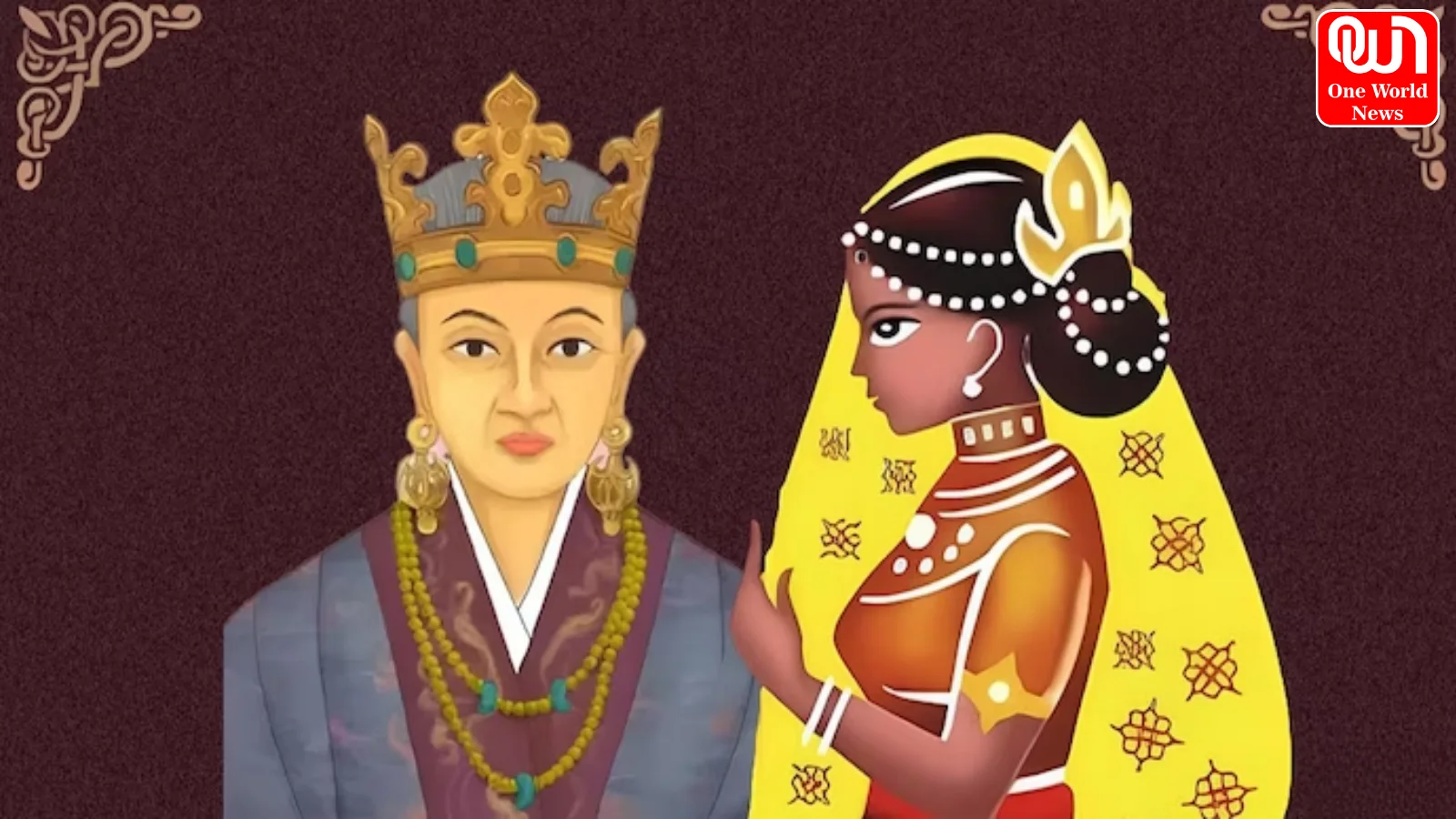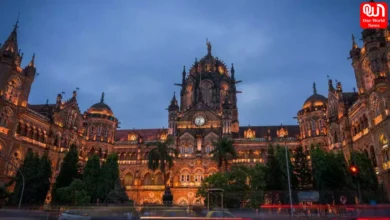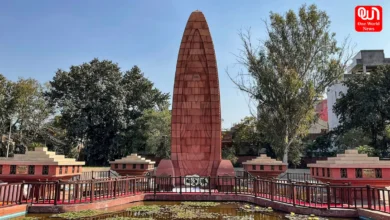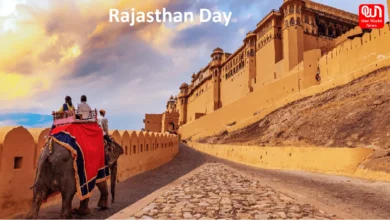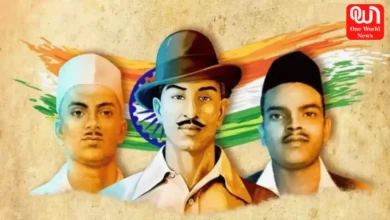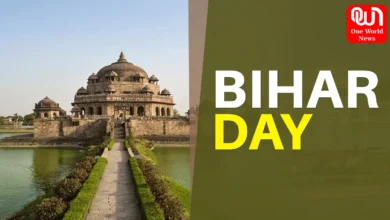“Unraveling the Intriguing Tale: The Allure of Queen Huh Hwang-ok’s Memorial in Ayodhya for South Korean Tourists”

The Enigmatic Queen of Ayodhya
Ayodhya, the sacred birthplace of Lord Ram, holds a unique allure for South Korean tourists, not for its religious significance but due to an enchanting historical connection with Queen Huh Hwang-ok, also known as Princess Suriratna. This annual pilgrimage to Ayodhya is more than a spiritual journey; it’s a celebration of a shared heritage.
A Transcontinental Love Story
Queen Huh Hwang-ok’s story is one of cross-cultural romance that transcends time and borders. According to ancient Korean texts, the Samguk Yusa was the princess of Ayuta, a distant kingdom identified with present-day Ayodhya. In 48 AD, she embarked on a journey to South Korea, where she married King Kim Suro of the Karak Clan. The legend unfolds in the pages of history, weaving a tale of love and unity between two distant lands.
The Monumental Memorial
Inaugurated in 2001, Queen Huh Hwang-ok’s memorial in Ayodhya has become a focal point for South Korean tourists. The collaboration between Indian Prime Minister Narendra Modi and then-South Korean President Moon Jae-in in 2015 led to the expansion and beautification of the memorial. Finally, in 2022, the memorial park was unveiled, a testament to the enduring bond between Ayodhya and the Karak clan.
Read more: Breaking Taboos: Ulrika Jonsson goes topless to show off her tattoos in sexy bedroom snap…
Recreating the Journey
Situated on the banks of the Sarayu River, the memorial park intricately portrays Princess Suriratna’s journey from Ayodhya to Korea. The legend is etched on a stone structure, shipped from South Korea, narrating the tale of a 16-year-old princess who crossed continents for love. The park, with a reported budget of Rs 21 crore, features statues of Queen Huh Hwang-ok and King Kim Suro, along with a pond and footbridge recreating the princess’s sea voyage.
Tamil Threads in the Tale
Dr. Kannan Narayan, a retired professor, adds another layer to the narrative. His theory, based on Chinese legends, suggests a South Indian connection to Queen Huh Hwang-ok, according to Narayan, the queen’s name hints at the Pandya Kingdom of South India, particularly the Pandyas of Madurai. The twin fish symbol found on Ayodhya’s walls, possibly dating back to when it was part of the United Provinces, becomes a crucial link to the Pandya Dynasty’s national symbol.
Read more: Dazzling Diva! Nikki Tamboli Raises The Temperature In White Bralette; Watch Hot Video
A Tamil Departure
Dr Kannan Narayan proposes an alternative departure point for the queen’s journey. Contrary to the Ayodhya origin, he suggests the possibility that Queen Huh Hwang-ok set sail from the port of Athiyuthu in Tamil Nadu. Over time, the tale might have transformed “Athiyuthu” to “Ayodhya.” This intriguing twist adds layers to the princess’s journey, inviting historians and enthusiasts to delve deeper into the historical roots connecting South India and South Korea.
We’re now on WhatsApp. Click to join.
Conclusion: The memorial of Queen Huh Hwang-ok in Ayodhya stands not just as a monument but as a bridge connecting the cultural heritage of India and South Korea. South Korean tourists continue to flock to Ayodhya, drawn by the allure of a love story that defied boundaries. As the memorial park unfolds the epic journey of Princess Suriratna, it reinforces the enduring ties between the two nations, making it a significant cultural destination for those seeking a deeper understanding of the historical connections between India and South Korea.
Like this post?
Register at One World News to never miss out on videos, celeb interviews, and best reads.

